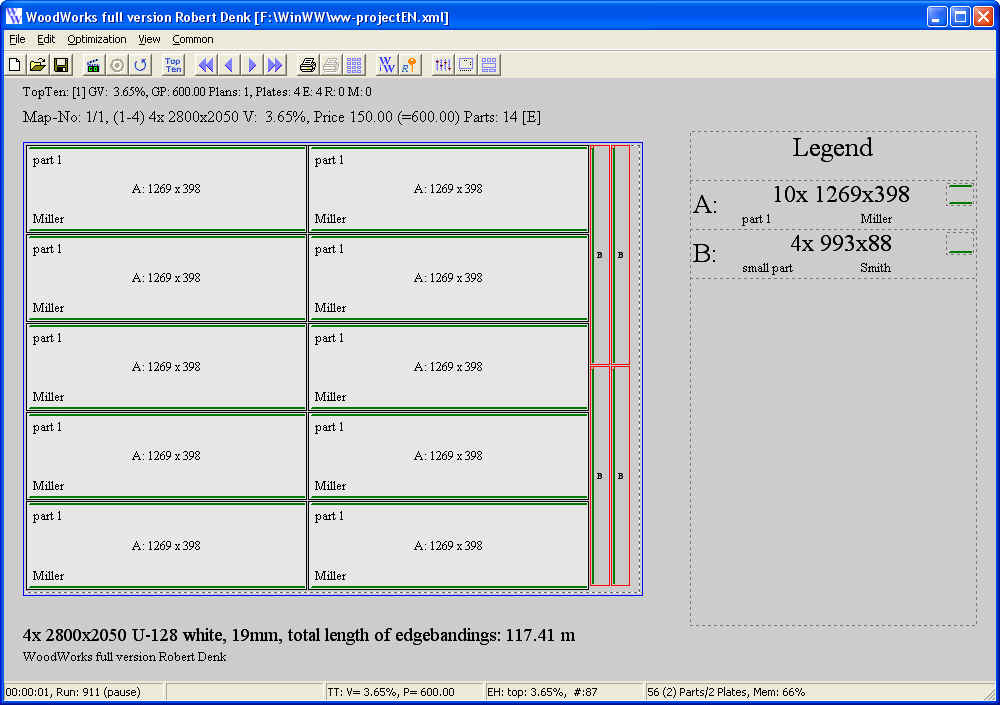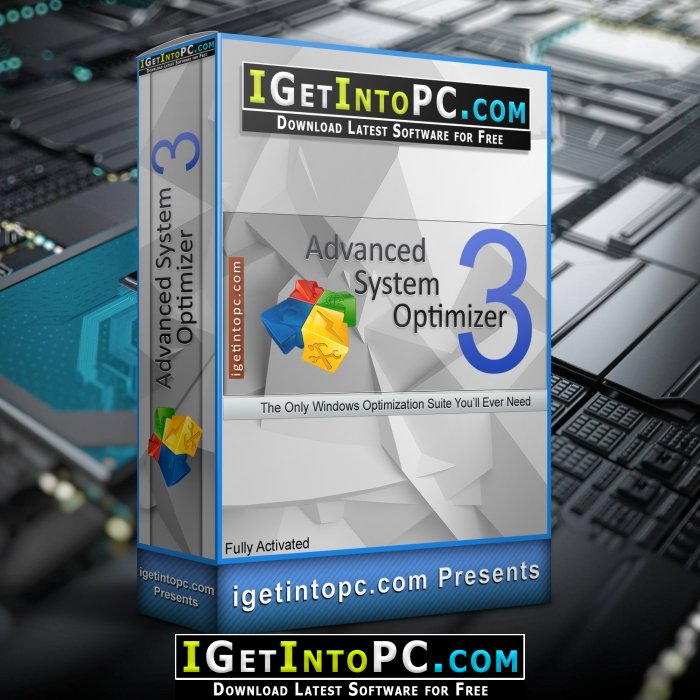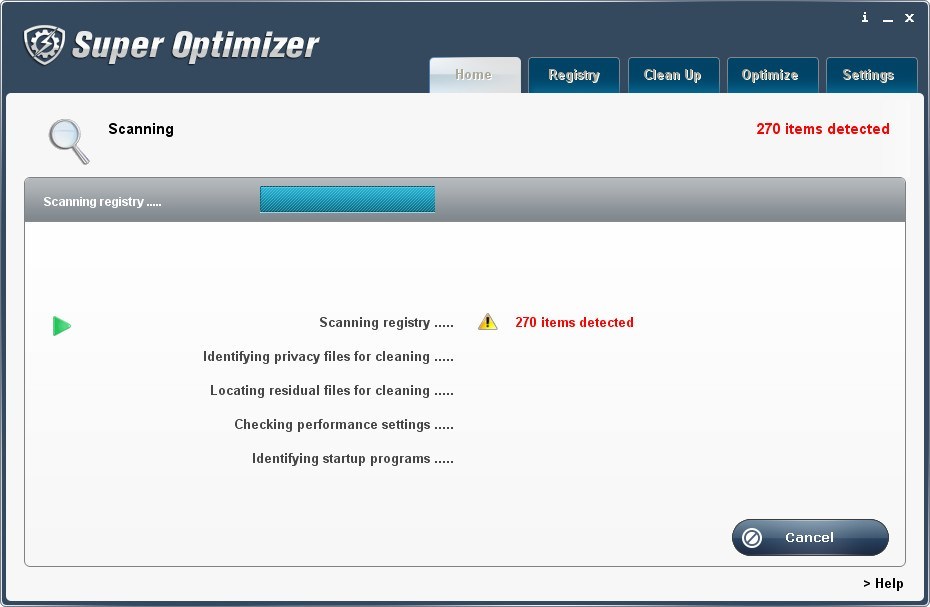

The only environment without a parent is the empty environment.Ī function, together with an environment, makes up what is called a closure or function closure. Every environment has a parent environment and it is possible for an environment to have multiple “children”. x is a symbol and 3.14 might be its value. The values of free variables are searched for in the environment in which the function was defined.Īn environment is a collection of (symbol, value) pairs, i.e. Free variables are not formal arguments and are not local variables (assigned insided the function body).

The scoping rules of a language determine how values are assigned to free variables. In this case z is called a free variable. In the body of the function there is another symbol z. This function has 2 formal arguments x and y.

12 Managing Data Frames with the dplyr package.9.5 Extracting Multiple Elements of a List.9.4 Subsetting Nested Elements of a List.7 Using Textual and Binary Formats for Storing Data.5.4 Calculating Memory Requirements for R Objects.5.3 Reading in Larger Datasets with read.table.5.2 Reading Data Files with read.table().3.2 Getting started with the R interface.


 0 kommentar(er)
0 kommentar(er)
